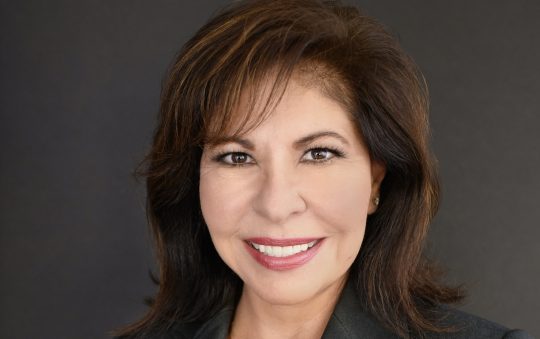
For years, research has shown that violence is learned behavior. A decade ago, the Howard University Violence Prevention Project (HUVPP) found that children’s exposure to community violence can predict their social and emotional behavior, both in school and at home. In other words, the more elementary school children are exposed to community violence, the more likely they will have adjustment problems. Unfortunately, while this probably not a revelation to most people, the HUVPP findings are just as valid today, chiefly because the underlying causes for violence have not changed.
Research has consistently indicated violence is not a random, uncontrollable or inevitable occurrence. Instead, many factors—systemic, individual, social and political, contribute to an individual’s propensity to use violence and many of these factors can be changed. American Psychological Association research suggests youngsters who engage in violence tend to share common risk factors that appear to place them on a trajectory towards violence early in life. In addition to actual physical victimization, these factors include psychological damage from witnessing violence at home and in the neighborhood.
The proliferation of community violence in urban areas can also be analyzed and understood in a socio-political context. Many theorists now believe rather than an individual focus, a social, economic and political analysis must lay the foundation for better understanding violence, especially as it relates to inner-city violence and Black children, in particular. Violence is a predictable outgrowth of historical oppression and inequities among oppressed people, not unlike historical oppression that has fostered, and continues to foster, armed conflict around the world.
Earlier studies indicate that identifying resilience and protective factors may be the most useful in understanding both the impact of community violence on children living in highly violent communities and how to develop preventive interventions. Community violence can be considered a pervasive stressor imposed on an already existing vulnerable population of children and families. The salient question then becomes: What are the events, experiences, family processes and individual factors that have served in the past to reduce the likelihood of children being adversely affected by this stressor?
Surveys consistently find that children are witnessing violence in their neighborhoods at alarming rates in urban areas throughout the nation. Data from the HUVPP indicate 75% of fourth through sixth-graders interviewed reported they had witnessed some incident of community violence, including homicides, non-fatal shootings and physical assaults. And it has long been established that children who witness violence are at increased risk for later involvement themselves, both as perpetrators and victims. As mentioned, these children may experience psychological problems that impair their development in ways similar to those in children who have been physically abused.
In addition to mental health implications, constant exposure to violence has eclipsed the basic conditions necessary for healthy child development. In fact, for many children, living in the midst of traumatic environments, the challenge is to “re-invent childhood” so that they may carry out the basic developmental tasks that community violence inflicts on childhood development.
Obviously, there are multiple risks in the environments of children who live among chronic urban violence. These include poor schools, inadequate social services and high parental unemployment rates. It is not surprising that HUVPP found community violence is a major stressor for these children. It destabilizes the quality and sanctity of critical relationships necessary to children’s well-being and compromises basic developmental experiences.
The following consequences appear to be associated with children’s exposure to community violence: erosion of a sense of personal safety and security; generalized emotional distress; depersonalization; disruption of a predictable lifestyle; compromising the ability of parents and certain institutions to socialize children; a decrease in ties to the future; the development of distrust and/or exclusive trust, in peer relationships; fatalistic attitudes about protecting human life; an increase in the use of violence to solve interpersonal conflicts.( This is evident in what seems an ever-escalating spiral of gang violence in large urban cities like Los Angeles and Chicago.)
Many children who are regularly exposed to violence are able to overcome its enormous stress and grow into psychologically healthy individuals. HUVPP noted protective mechanisms in the lives of such children include early bonding with primary relationships that promote social development; a consistent caring adult(s) who can buffer the impact of community violence; experiences that promote affective development; promotion of cultural awareness and positive cultural identity; an explicit value system that rejects violence and experiences that promote areas of individual and group competence and bond individuals-and groups-in positive social, community and political activities.
A variety of programs have shown some promise for preventing youth involvement in violence while also addressing the problems of victims. These include conflict resolution, mentoring, teaching social skills, community service, jobs programs, comprehensive after-school programs and counseling for victims and witnesses.
For children with multiple risk factors for involvement in violence, however, the more effective interventions must be comprehensive and link the efforts of schools to those of empowering families, developing business-community partnerships, and working with law enforcement to reduce police violence against Black people and others of color, and most important, to build mutual respect.
Tragically, an over-abundance of African American children in urban areas fall into the multiple risk category. Therefore, the Black community has primary responsibility, not only to be aware of its children’s vulnerability, but also directly involved in protecting them from violence of any kind.






